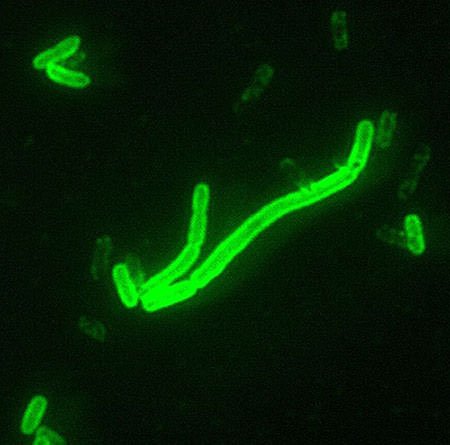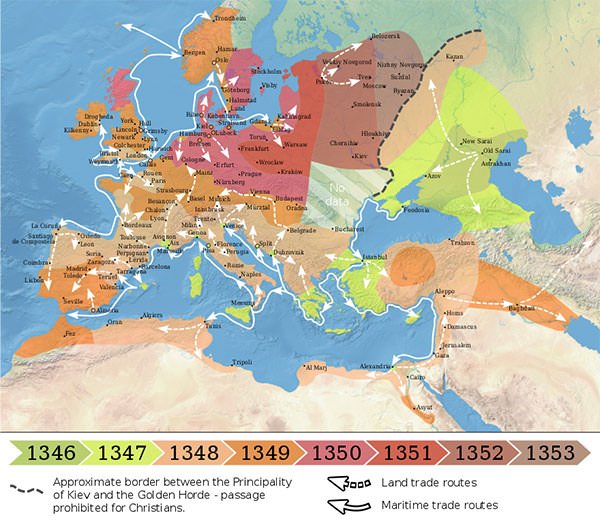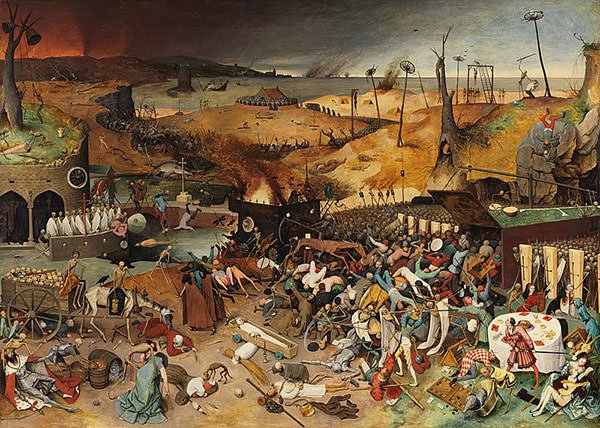Black Death, or the Bubonic Plague, refers to the epidemic that struck the populations of Europe, Asia and North Africa in the mid-1300s. It was a bacterial infection that spread rapidly through air and via fleas, rats and person to person contact. It resulted in the deaths of up to 75–200 million people; making it the deadliest pandemic in recorded human history. The Black Death is believed to have been the result of bubonic plaque caused by Bacterium Yersinia Pestis, a bacteria commonly present among rodents. It is believed to have originated in China and carried across the world through ships and the Silk Route, a network of trade routes which connected the East and the West in those times. There are numerous causes which led to Black Death spreading like wildfire including lack of hygiene in Medieval Europe; and ignorance among the people about its cause. Moreover, religious systems, which saw divine reasons behind it, further compounded the problem. Here are 7 major causes which led to Black Death and its spread.
#1 Bacterium Yersinia Pestis
Almost 550 years after the pandemic, studies conducted in the late 19th century recognized Bacterium Yersinia Pestis as the cause of the Black Death. Alexander Yersin, a pupil of Louis Pastuer, discovered the microbe while studying the epidemic in Hong Kong in 1894. Yersinia Pestis is a bacteria commonly present among the rodents in Central and Western Asia, Kurdistan, Western United States and Northern India. The plague is thought to have originated in Asia more than 2000 years ago. However recent studies also suggest that the pathogens responsible for the disease may have existed in Europe as early as 3000 BCE. The organism causes the disease plague in mainly three forms: pneumonic, septicemic and bubonic. The bubonic plague’s earlier symptoms included swellings which could grow to the size of a small apple; and seep of pus and blood. This could be followed by severe pains, fever, vomiting and diarrhoea; eventually taking the life of those infected.

#2 Rats and Fleas
At the time of the infection there were numerous theories regarding the reasons for the spread of the plague, most of them rooted in superstition and religion. Researchers and studies later suggested that rats and fleas may have been the carriers of the infection across geographies. For one, this lined up with the manner in which Bacterium Yersinia Pestis spreads. Secondly the presence of such animals would have been common aboard the ships which ferried merchants back and forth across the Mediterranean; and overland across the Silk Road from China through the Eurasian Steppes and Middle East to Europe. The bacteria is said to have spread most commonly among the humans via the Oriental rat flea (Xenopsylla cheopis), a parasite of rodents and the primary vector of the bubonic plague.

#3 Climatic Changes
The bubonic plague peaked in the period of 1347 – 1352 in Europe but there were recurrences of the plague every few decades until the early 18th century. Climate change in Central Asia is suggested as a major reason for the occurrences. According to some epidemiologists, plague was introduced into Europe multiple times, coming along trade routes in waves from Central Asia. Unfavorable climate situations in this region facilitated the collapse of plague-infected rodent populations. This, in turn, forced the fleas to find alternative hosts in humans while also forcing the rodents to flee, further spreading the disease.
#4 The Silk Route Trade
The origins of the bubonic plague were traced to areas in and around China, after the 19th century plague in Yunnan Province displayed similar characteristics to the Black Death. More recent studies have also pointed to the Tibetan-Qinghai Plateau in Central Asia as the origin point of Yersinia Pestis. The Mongol conquest of China in the early 14th century led to a decline in farming and commerce. The country also faced many natural disasters during this time which further led to plagues and widespread famine. The Mongols had by then also created the largest Empire in the world, bridging isolated regions in the east and west while strengthening the Silk Route trade by the early 14th Century. Many studies suggest that this vast area under a single administration, was the primary factor for the rapid spread of the plague. The disease was noted in China in 1331, and was carried west along the trade routes by merchants and Mongol soldiers who were able to freely and quickly travel across the continent to the Mediterranean and North Africa. It was also observed that the plague was somewhat more uncommon in parts of Europe with less developed trade with their neighbors.

#5 Mongol Invasion
Certain researchers also cite the Mongol invasions of Europe as the probable reason for the spread of the disease. There is evidence that the Black Death had decimated the armies of Mongol Kipchak Khan Janibeg while he was besieging the Genoese trading port of Kaffa in Crimea. It is said that the invading Mongols catapulted infected corpses into the town to infect the enemy. Though it is also argued that it is likely that infected rats travelled across the siege lines and spread the epidemic. The malaise was then carried via fleeing Genoese ships westward to Mediterranean ports, from where the epidemic spread to mainland Europe and North Africa by 1348-49.

#6 Lack of Hygiene
Contrary to perception built over centuries, Medieval Europe was notoriously filthy. There was lack of clean drinking water, poor sanitation and ignorance of personal hygiene among the population. This made them more susceptible to infections and facilitated the spread of transmissible disease. In addition, animals and people lived in close proximity to one another in those times. The population density of cities along with the presence of animals and infected people helped the plague spread like wildfire. Cities were ravaged with some losing as much as 75 percent of their population. It was only after the advent of germ theory of disease in the 19th century that enough attention and resources were diverted to hygiene.

#7 Ignorance And Belief Systems
Lack of scientific development and approach in medieval Europe led to various theories and beliefs regarding the plague. The more popular among them was Miasma theory, which attributed diseases like the black death and cholera to miasma; the ‘bad air’ or ‘night air’ originating from rotting organic matter. A report from the medical faculty in Paris blamed the heavens, in the form of a conjunction of three planets in 1345. For many, Black Death was a kind of divine punishment; retribution for sins against God such as greed, blasphemy, heresy, fornication and worldliness. Muslim religious scholars, on the other hand, taught that the plague was “martyrdom and mercy” from God, assuring the believers a place in paradise. For non-believers, it was a punishment. The Jewish population was targeted and blamed for the disease as anti-Semitic fervor rose, leading to destruction of their communities. Moreover the dead were often not properly buried due to fear or religious condemnation of their plague-riddled bodies. This left the dead out in the open to fester, rot and spread the disease even further. Such ignorant beliefs and practices, among several others, did more harm than good and further misguided the population.


Thanks, that was very useful.
Happy to help you.